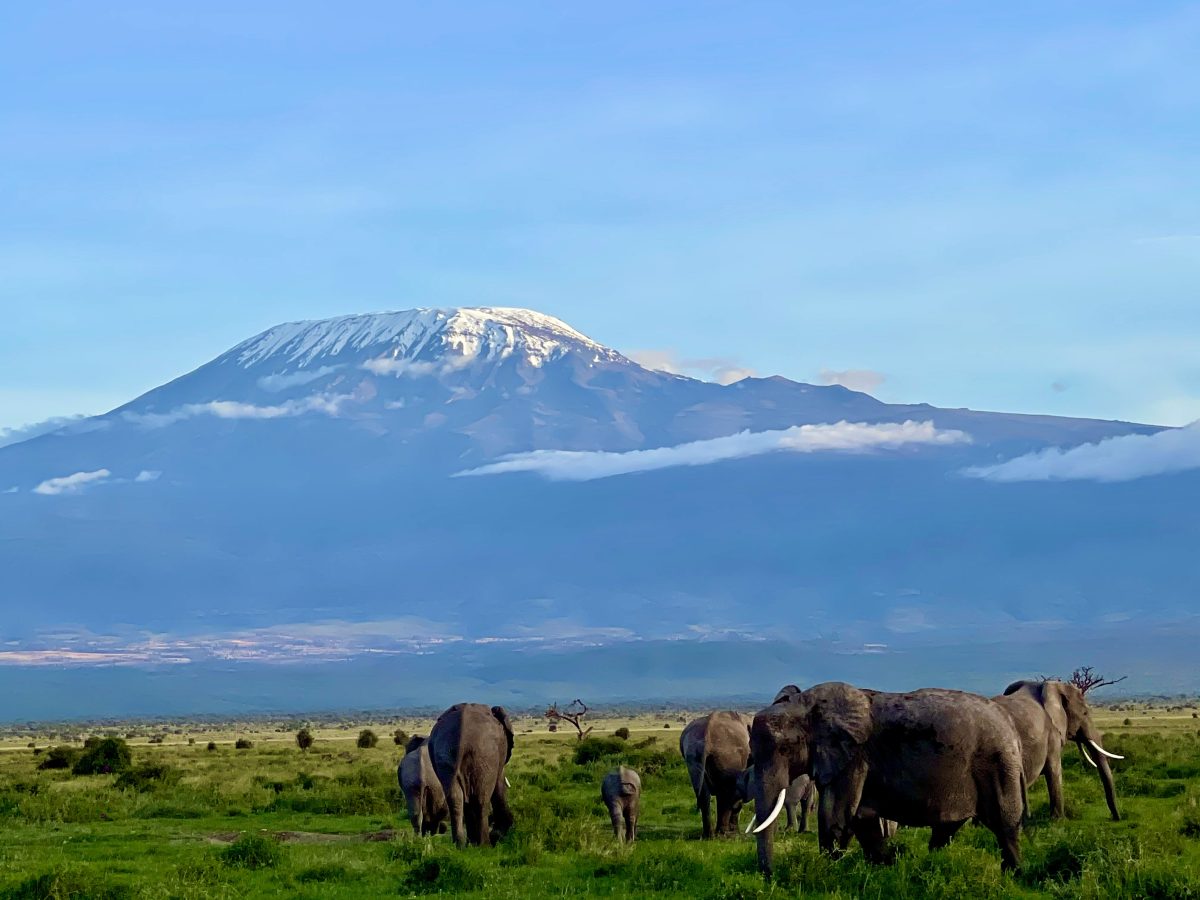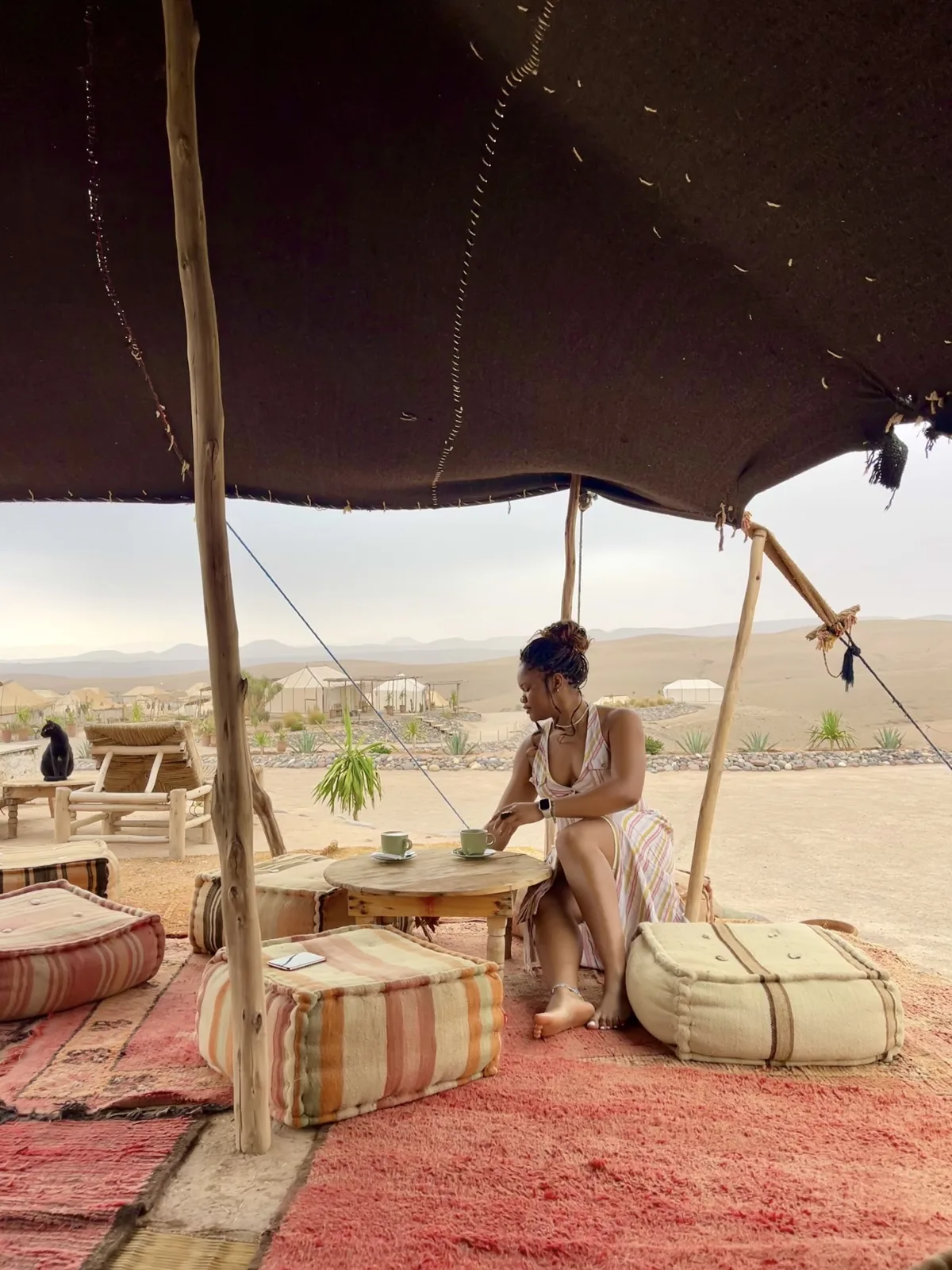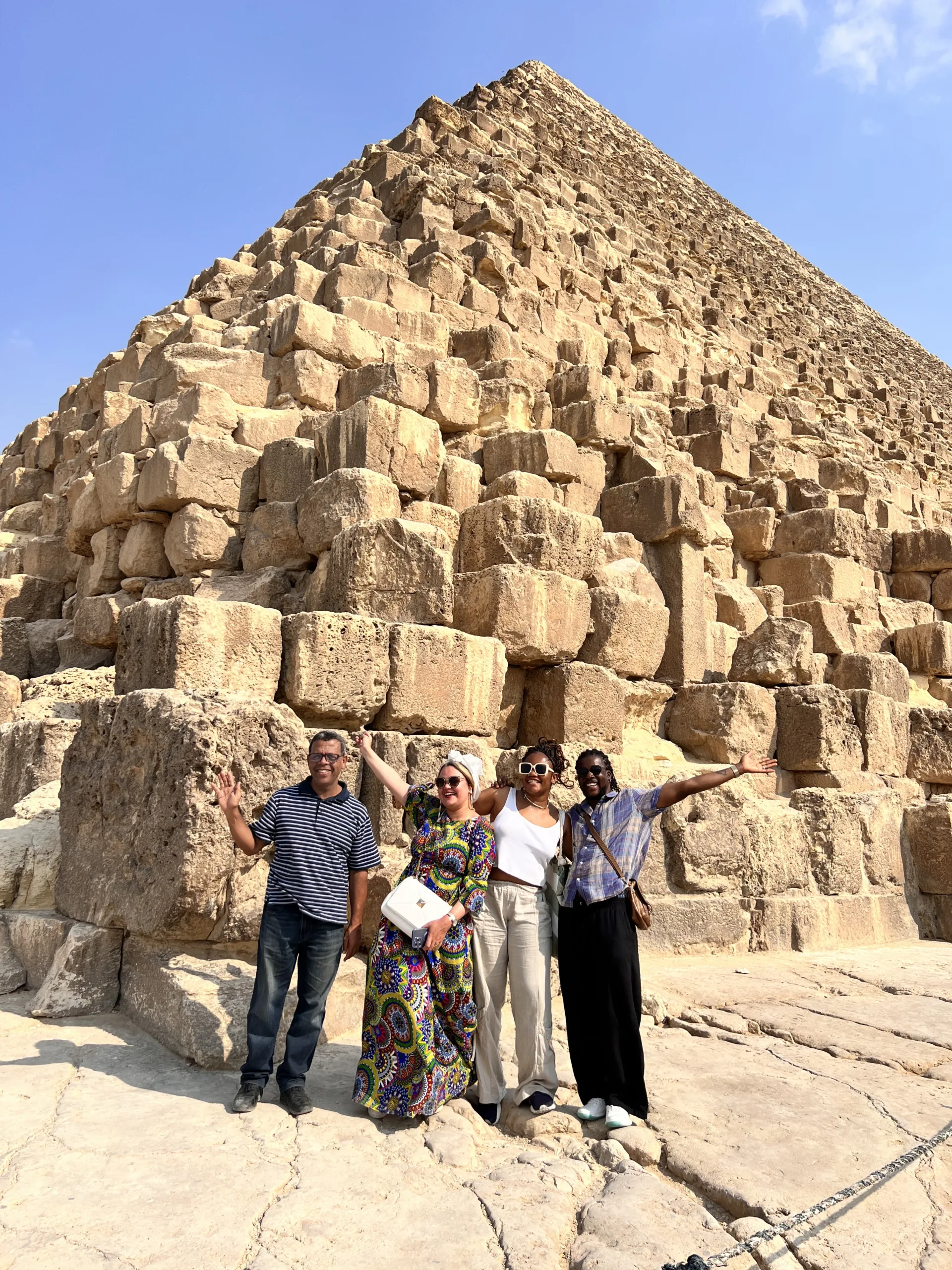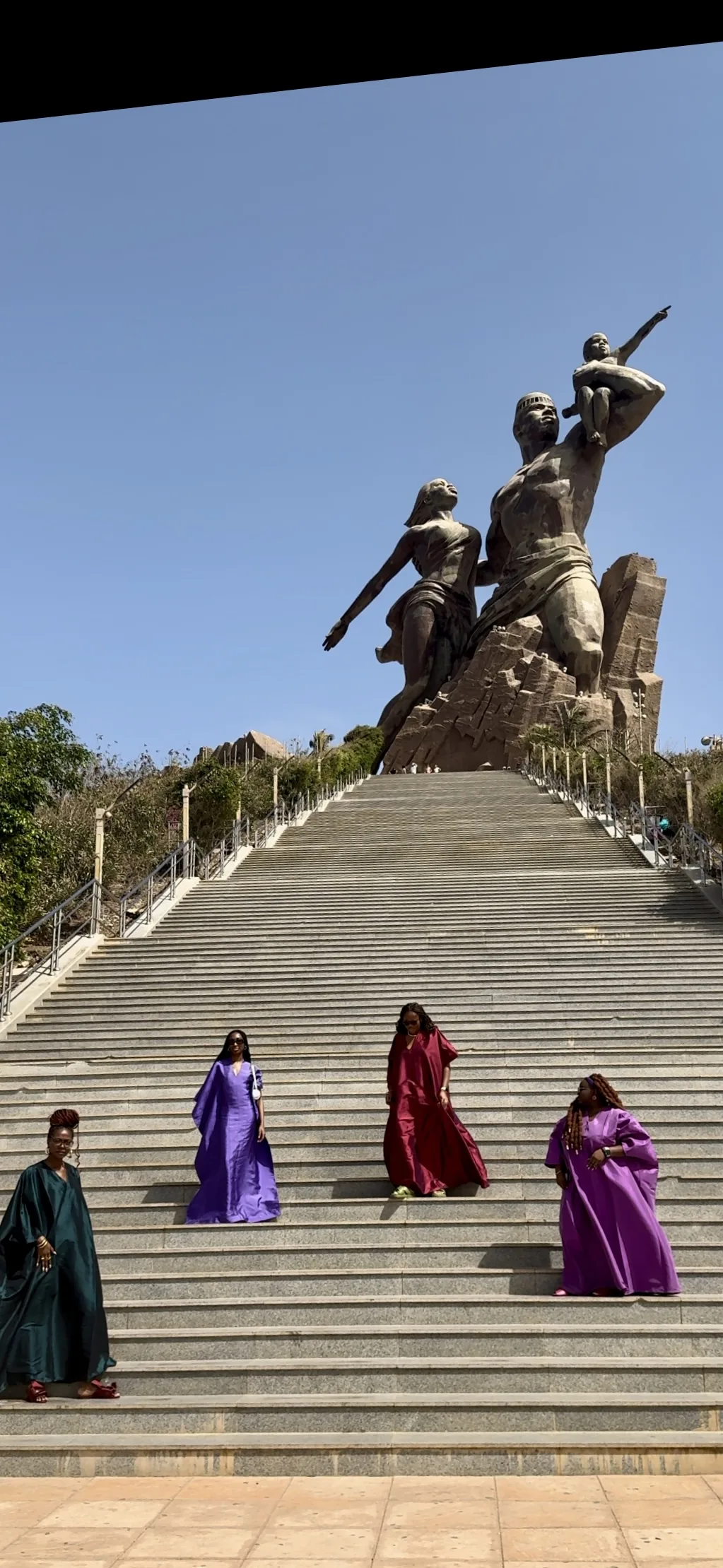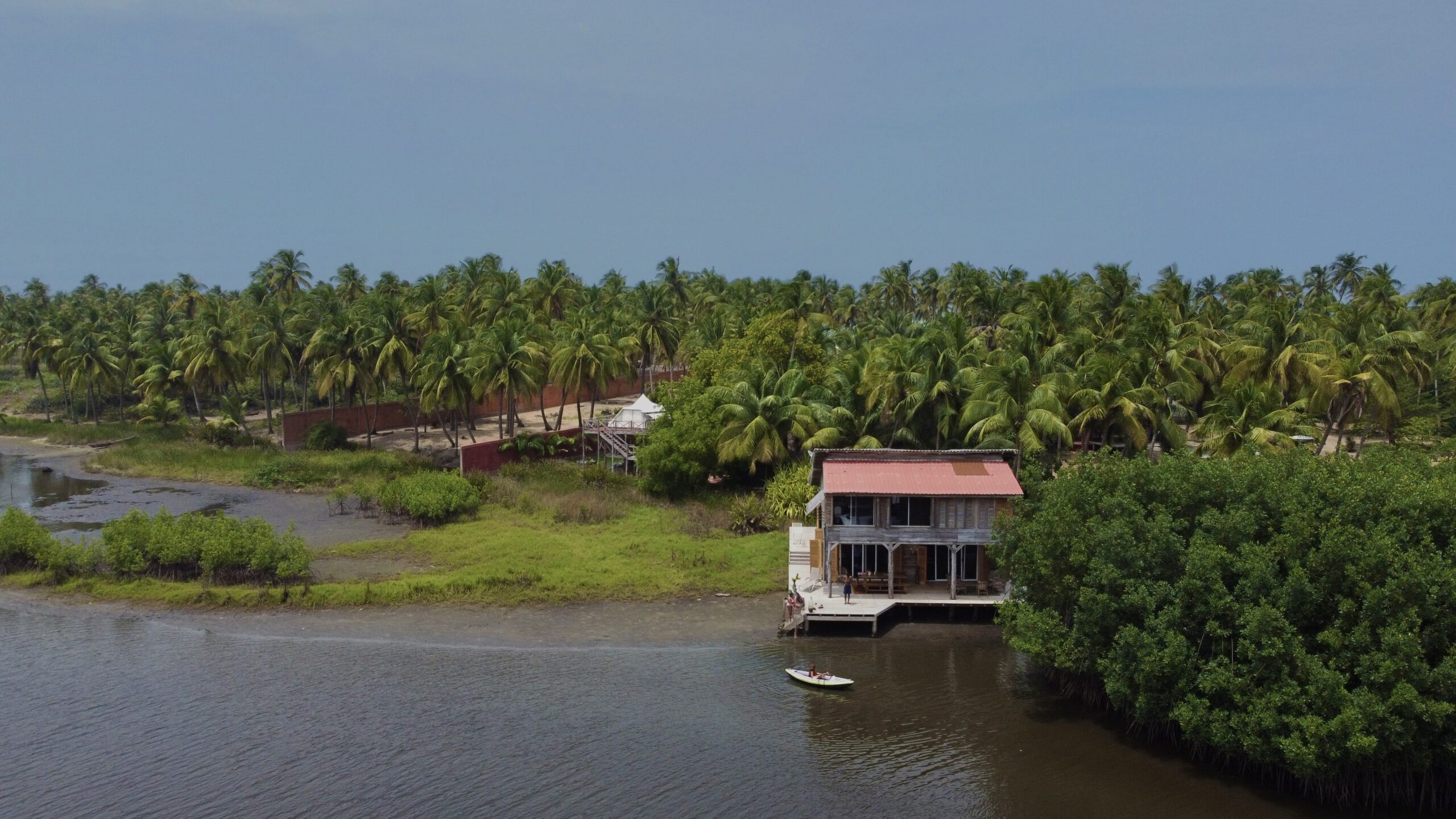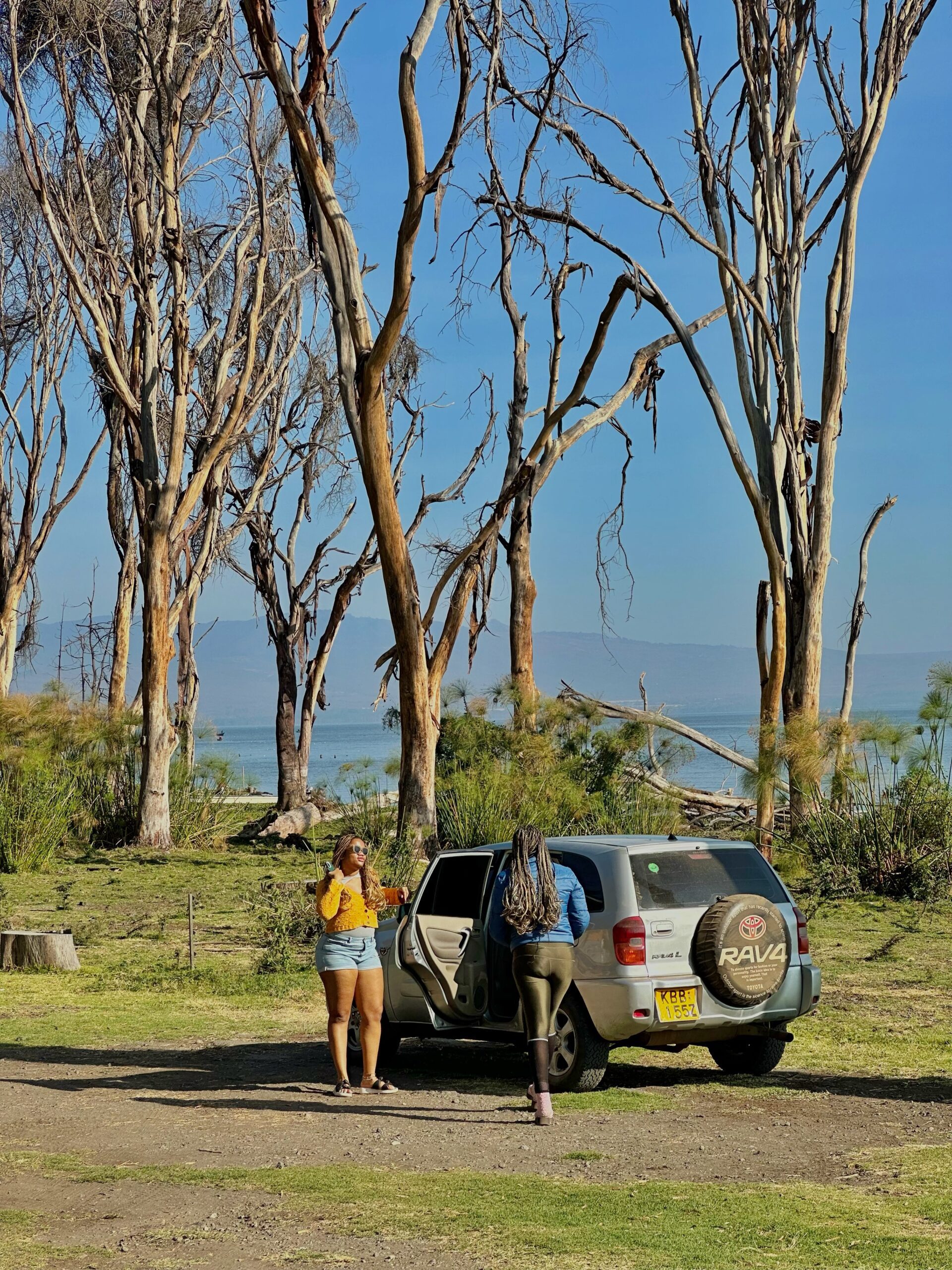Your cart is currently empty!
Tag: Africa
Kenya Travels: Everything You Need to Know
Kenya is a place that never stops calling me back—a land where every visit feels like the first, filled with awe and discovery. Imagine standing on the edge of the Maasai Mara as the ground beneath you trembles with the rhythm of a million hooves. The Great Migration is not just a sight it’s a…
Morocco: An Unforgettable Journey and Everything You Need to Know for Your Trip
Morocco has always been at the top of my list of countries to visit, and it was the first North African country I had my sights set on. Last year, we finally had the opportunity to visit in September. What are the odds? An earthquake occurred while we were there—the first significant one since 2004.…
Sweating in Cairo, Smiles in Rabat: My Morocco Travel Diaries
It has become a sort of tradition to spend my birthday in a new country. 25 was in East Africa– Tanzania, and 26 was in West Africa, Senegal— and for 27, the choice was North Africa, Morocco. A Kingdom peculiar to the North African heritage– Morocco is diverse, yet intensely conservative with their practice of…
‘Yaangi noos’: Senegal for Expats & Digital Nomads
Senegal is an exciting French country full of diverse experiences to discover for expats and digital nomads.
A Guide To Benin Republic, The City Of Bronze.
Benin Republic is a budget-friendly destination with beautiful beaches, delicious food, and a rich cultural experience. Get started here for the ultimate experience.
A Beginners Guide To Traveling Africa: Tips for Nigerian Travelers
Either you’re a speed tourist or slow traveling as a nomad, here are some tips to help travelers make the most of their trip and budget in Africa.
